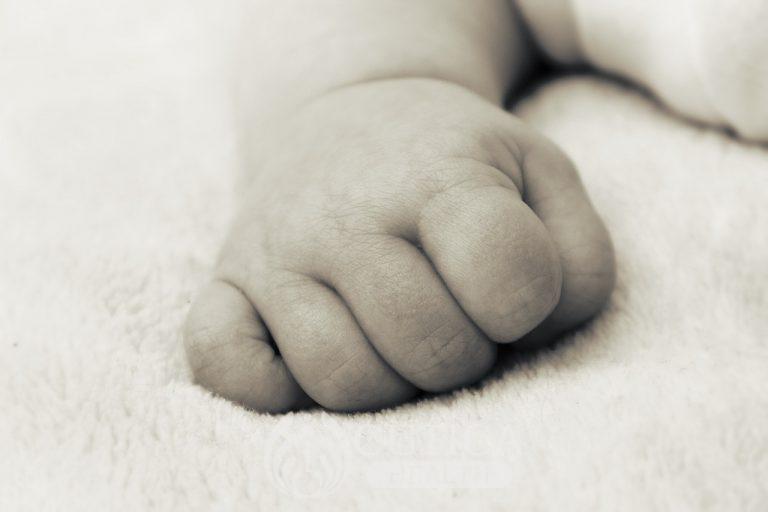
When Paddy was born, he looked just like every normal kid should. He was healthy and adorable enough. Nothing seemed out of the ordinary.
24 months later, his mom noticed some changes in his appearance; the skin around his limbs and torso seemed too tight. His once lustrous hair was beginning to thin out too. She knew she had to seek medical advice urgently.
Based on what he had read in medical textbooks and from what he had learnt in medical school, the doctor strongly suspected Progeria. “But, could it really be?”, he thought aloud. If you knew only one thing about Progeria, it would be that it is extremely rare. All kinds of tests were conducted on the boy. It took a month for the results to come in, and his worst fears were confirmed. Paddy indeed had Progeria.
“Progeria! What is this medical jargon supposed to mean?”, yelled Paddy’s mom.
“It means Paddy was born old from the womb,” the doctor declared.
PROGERIA
This is a rare medical condition, which is caused by a mutation in genes. You know, genes carry the information which determines your features. Just like Paddy, children with Progeria appear normal from birth, but as soon as they reach 9-24 months of age, they begin to age too quickly.
People diagnosed with this condition generally have normal mental development. They are known to be robust and energetically full of life, apart from being intelligent.

According to the Progeria Research Foundation, 176 children across 54 countries have been identified to be living with Progeria, as of June 2020.
Signs and symptoms
Apart from the obvious signs and symptoms of weight loss, hair loss and skin tightening seen in Paddy, Progeria patients also exhibit signs and symptoms like:
- Small face with a shallow recessed jaw.
- Pinched nose.
- Stunted growth (in terms of height).
As the child grows, the symptoms become worsened and such a child has:
- Wrinkled skin.
- Kidney failure.
- Narrowed arteries (vessels that carry blood from the heart to the rest of the body). This narrowing is due to the deposition of materials, especially fatty ones in the inner layer of the wall of an artery.
- Circulatory problems.
- Disproportionately large head.
- High pitched voice.
- Very prominent scalp veins (no thanks to the hair loss).
- Prominent eyes, due to the sunken cheeks.
“But nobody in my family, not even anyone from his father’s side has this Pro-ge-ria, how come my son gets to inherit it?” Paddy’s mom exclaimed.

Usually, family history is not considered as a cause of Progeria since most diagnosed patients do not live up to child-bearing age, with them having an average lifespan of 13 years. The oldest known Progeria patient lived up to 29 years.
That single mutation in the gene is what leads to the production of an abnormal protein called Progerin which makes the cells unstable.
Can Paddy be cured?
There is no known cure for this condition, but the symptoms could be managed. The sad truth remains that Paddy and other people with Progeria might not live up to 3 decades, but they can still live a full and storied life.












